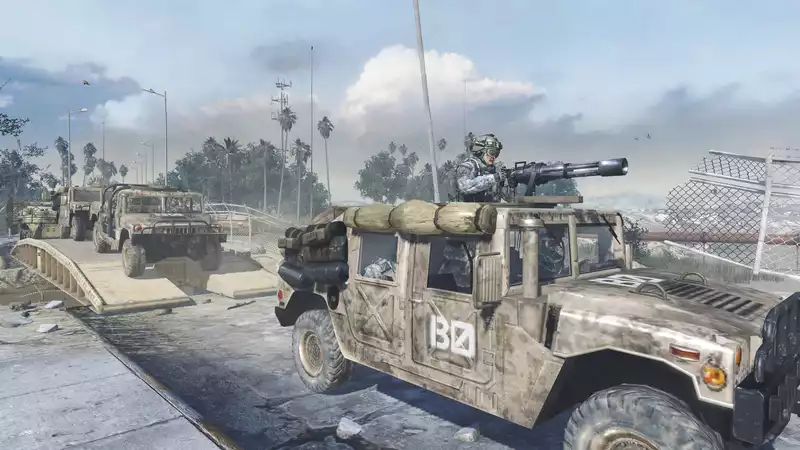In 2017, Activision was sued by AM General, the manufacturer of the Humvee, over the use of the famous military vehicle in the "Call of Duty" series; AM General claimed that although Activision did not have a license to use the Humvee in its games, "the Billions of dollars in revenue have been generated through fraudulent practices, and ...... caused significant consumer confusion and irreparable harm to AM General," the lawsuit alleged. The company demanded an injunction against Activision's use of Hanvey, as well as ordinary damages, attorneys' fees, and anything else the court deems "just and proper." [As reported by Ars Technica, the court ruled in full favor of Activision, finding that the company had a First Amendment right to use the Hanvey trademark in its games.
Courts tend to interpret U.S. trademark law narrowly when dealing with works of art in order to protect them from unwarranted legal action, Judge George B. Daniels said in his ruling. He then detailed the "two tests" used to determine whether a work of art can be trademarked without incurring legal liability, a process that includes both a determination of "artistic relevance" and the "Polaroid factor" ("likelihood of confusion" that arose from a 1961 case between Polaroid and Polarad test), the court held that both involved the application of the "artistic relevance" test.
With this baseline established, the judge went into the specifics of the Call of Duty case, beginning with the artistic relevance of the use of Humvee in the series because it "evokes a sense of realism and vividness" in a game ostensibly intended to realistically depict modern warfare ."
The court declared that.
The test for determining the likelihood of consumer confusion was also found in favor of Activision. For example, with respect to "purchaser sophistication," the decision noted that the world's armed forces do not purchase Call of Duty games by accident instead of large vehicles. One of the plaintiffs' problems on this point is that the purchasers of Humvee, i.e., the approximately 50 armies around the world, including the U.S. military, have not purchased Call of Duty, and vice versa." And vice versa."
"There is absolutely no risk that someone will accidentally purchase the wrong product because of mere confusion as to who manufactured or sold the product.
Daniels acknowledged that "some confusion may exist," but said AM General failed to prove that Hanvey's use was clearly misleading. Activision, on the other hand, offered a "compelling explanation: the use of the Humvee in the Call of Duty game enhances the realism of the game."
"If realism is an artistic goal, then the presence of vehicles used by real military forces in a modern warfare game undoubtedly furthers that goal," the ruling states. The appearance of Humvees in the foreground and background of various scenes, including several instances where players use Humvees to advance to the next level, "through features characteristic of the medium ...... . communicate ideas" and thus are an integral part of the videogame.
Ultimately, the judge ruled that AM General had failed to prove injury to its trademark arising from the presence of the Humvee in the Call of Duty series and that any "dilution" that might result "must be allowed in order to preserve the opportunity for broad expression." Id. As a result, the appeal was immediately dismissed, and the artistic value of the video game was further reinforced by the court.


Comments